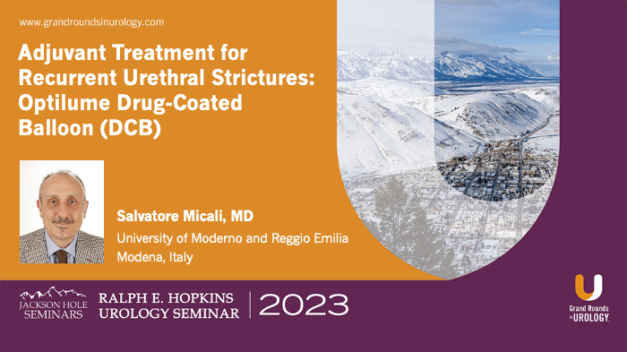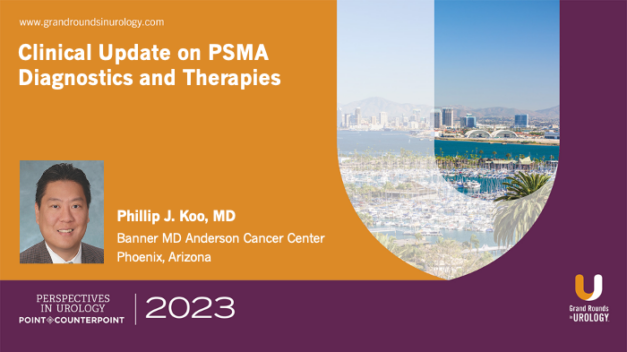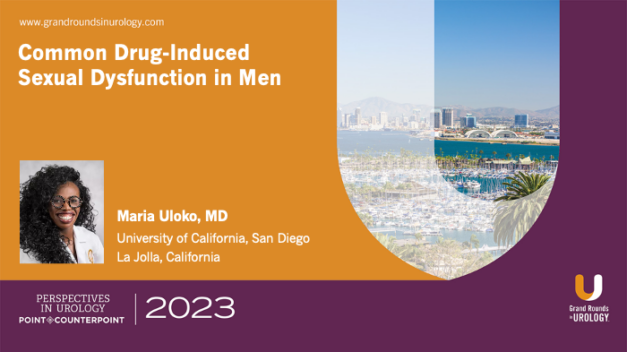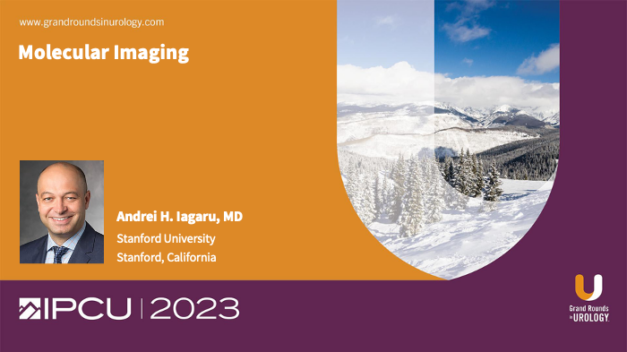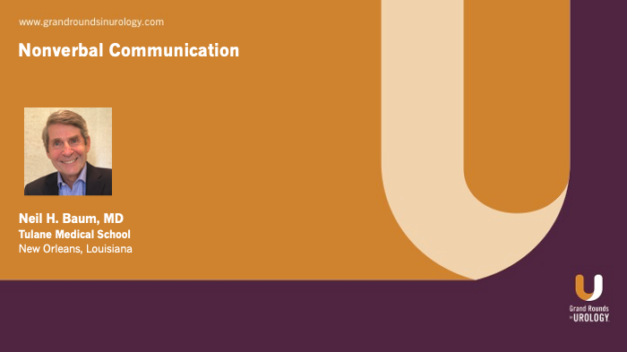Adjuvant Treatment for Recurrent Urethral Strictures: Optilume Drug-Coated Balloon (DCB)
Salvatore Micali, MD, discusses the treatment of recurrent anterior urethral strictures using the Optilume drug-coated balloon. Dr. Micali provides a brief overview of urethral strictures, emphasizing anterior urethral strictures, their causes and recurrence, and their impact on patient QoL.
Dr. Micali touches on the two best-known treatments for urethral strictures, endoscopic urethrectomy by the Sachse method and urethroplasty. He notes that recurrence of urethral strictures is less likely in patients who underwent urethroplasty, but that patients prefer the minimally-invasive endoscopic urethrectomy.
To combat recurrent anterior urethral strictures, Dr. Micali examines the Optilum drug-coated balloon (DCB) in combination with endoscopic urethrectomy. He explains the advantages of using an anti-proliferative drug-coated balloon to dilate the urethra after an endoscopic urethrectomy in order to prevent recurrent strictures.
Dr. Mical concludes by guiding the audience through a study comparing patients treated with the Optilum DCB versus patients treated with only an endoscopic urethrectomy over one year. He includes video demonstrations of the Optilume DCB operation.
Read More
